The treasure was found during the archeological excavation of a Viking Age settlement in Viggbyholm, Täby, in an area thought to have been inhabited between about 400 AD, through the Viking Age (800–1050 AD), and into the early Middle Ages. The archeologists have found more than 20 houses and buildings at the site.
“This is something you probably only experience once in a lifetime”, said Maria Lingström at The Archaeologists, National Historical Museums, in Sweden, in a press release.
Archeologists at the dig found the coin buried under what was once the wooden floor in a building, with silver coins stored in a pouch made of linen, which, together with the jewellery, was stored in a small ceramic pot.
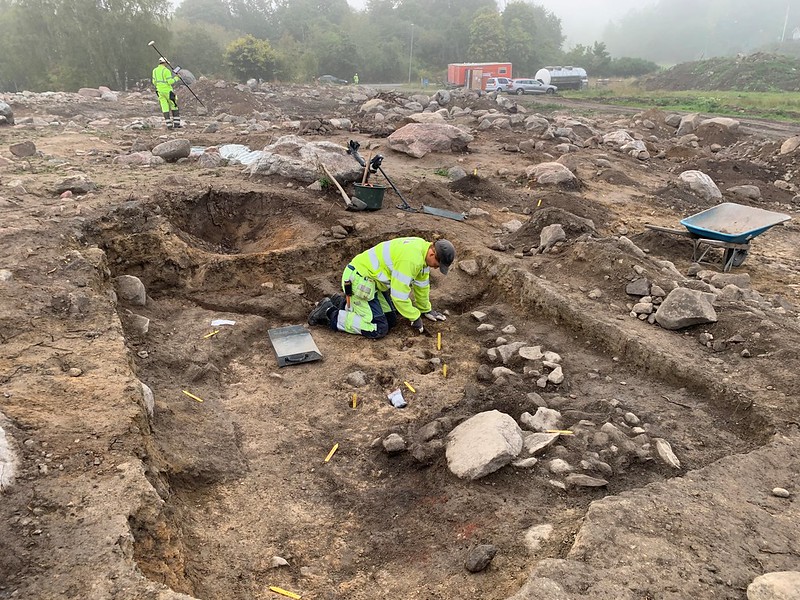
“When I started to carefully remove the neck rings one by one, I had this extraordinary feeling of ‘they just keep coming and coming’,” Lingström said.
In total there were eight high quality torque-style neck rings, two arm rings, one ring, two pearls and 12 coin pendants (coins used as jewellery) in the pot.
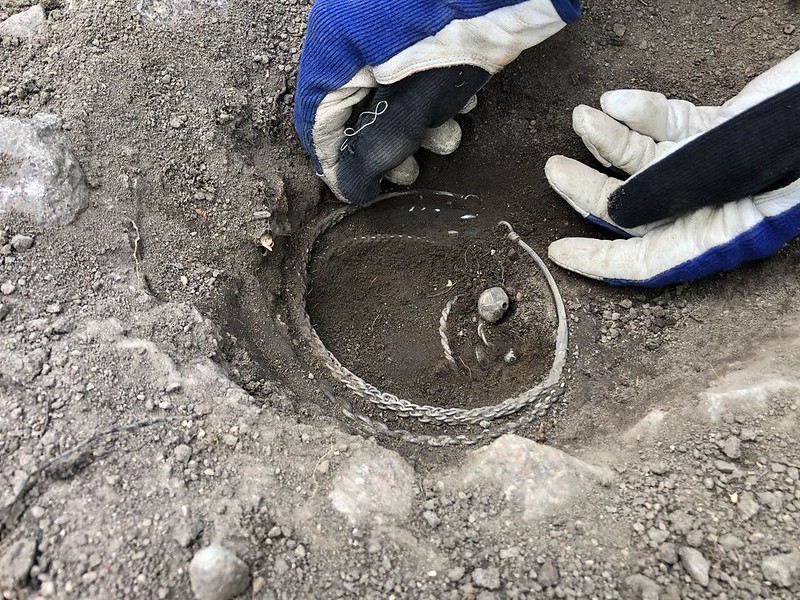
The archaeologist John Hamilton said it remained unclear why people had buried some of their most valuable objects underground in this case.
“One common interpretation is that people hid and buried their treasures in difficult and tumultuous times,” he said. “We have yet to see if that was the case here.”
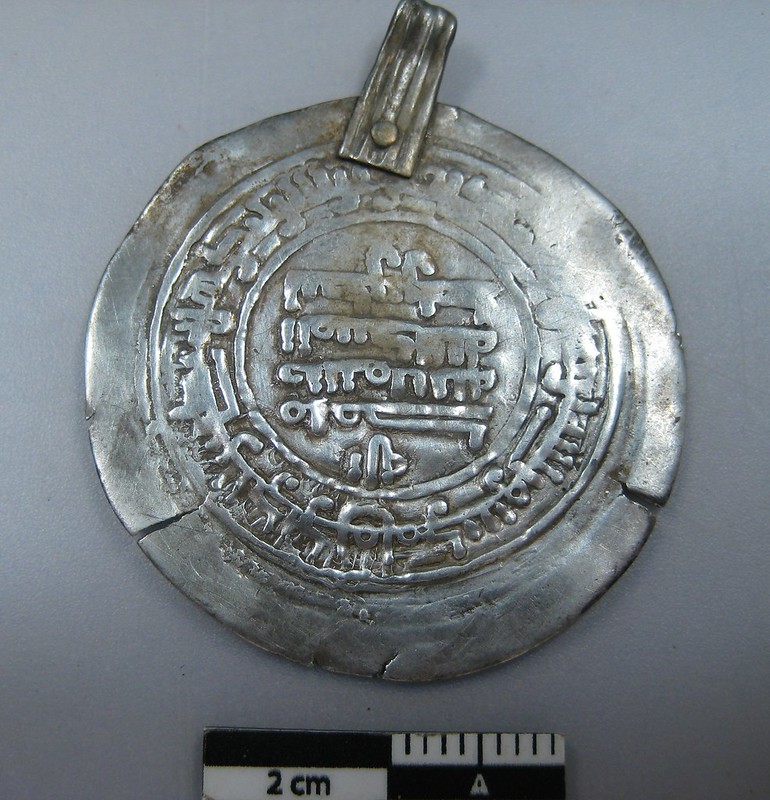
The coins are yet more evidence of the extensive trading relations which flourished in Viking Age Scandinavia. There are coins in the pouch from England, Bohemia and Bavaria, as well as five Arabic coins called dirhams.
One of the European coins is extremely rare and was minted in the city of Rouen, in Normandy, France.




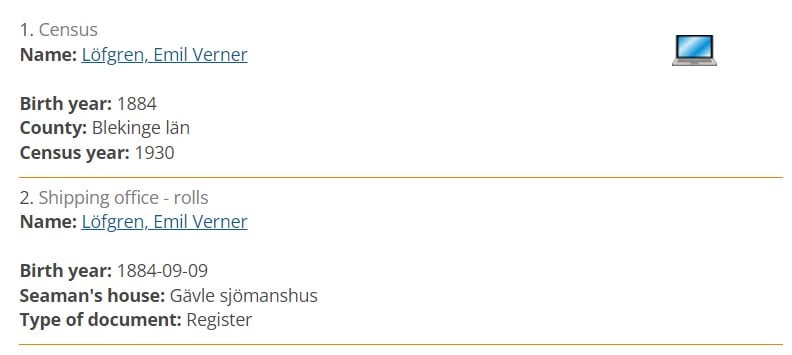
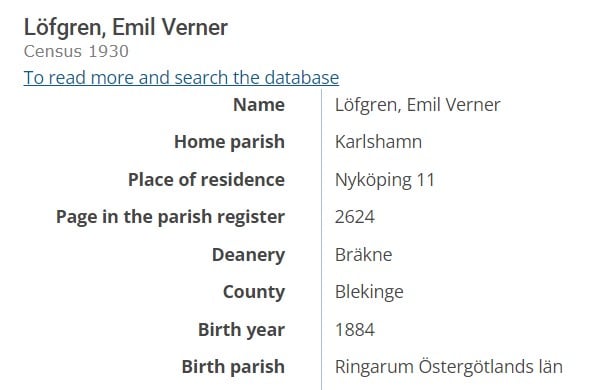




 Please whitelist us to continue reading.
Please whitelist us to continue reading.
Member comments